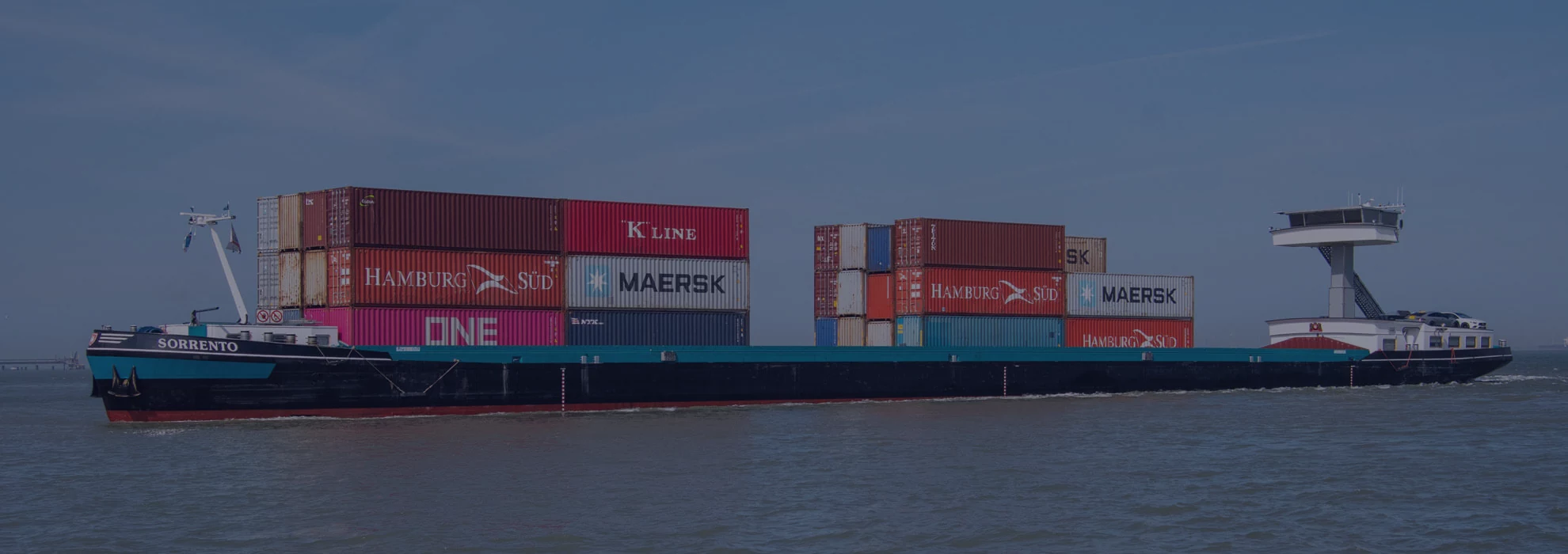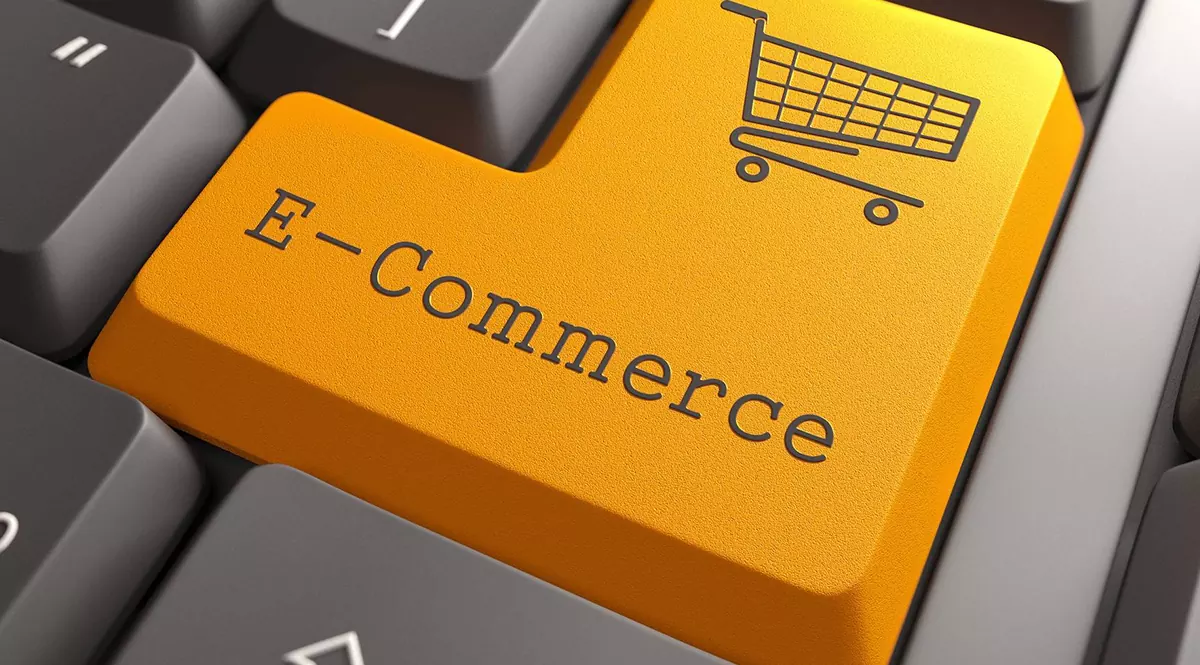
Event and Article
Challenges and Opportunities of Importing in Iran

Importing, as a vital component of international trade, plays a significant role in meeting the domestic needs of countries. In Iran, imports not only create opportunities for economic growth and access to advanced technologies but also come with challenges that require proper management. This article examines the challenges and opportunities of importing in Iran.
Challenges of Importing in Iran
1. Economic Sanctions and International Restrictions
One of the biggest challenges of importing in Iran is the economic and banking sanctions, which restrict financial and trade relations with foreign companies. These restrictions increase import costs and prolong the time required to access goods.
2. Complex Laws and Regulations
Import laws in Iran, including high customs tariffs, bans on certain goods, and complex administrative processes, often hinder the facilitation of imports. Frequent changes in laws and regulations also create uncertainty and make planning difficult for importers.
3. Currency Fluctuations
Severe fluctuations in exchange rates in Iran directly affect import costs. A sudden increase in currency prices can lead to significant financial losses for importers and impact the final prices of goods in the domestic market.
4. کمبود زیرساختهای حملونقل و لجستیک
The lack of transportation infrastructure, particularly in the maritime and rail sectors, increases logistics costs. This issue is especially noticeable when transporting goods from ports to the interior of the country.
Opportunities of Importing in Iran
1. Meeting Domestic Needs
Importing to Iran allows the country to secure goods and raw materials that cannot be produced domestically or are not economically viable. This contributes to the development of local industries and helps maintain competitiveness.
2. Access to Advanced Technologies
Through imports, Iran can access the latest technologies and equipment in various fields, including industry, medicine, and agriculture. This leads to improved efficiency and economic growth.
3. Job Creation in Related Sectors
Imports activate various sectors, including transportation, customs clearance, customs services, and distribution, which helps create employment in these areas.
4. Diversity in the Domestic Market
Importing a variety of goods increases competition in the domestic market and provides consumers with more options. This leads to improved quality of products and services.
Proposed Solutions for Managing Challenges and Capitalizing on Opportunities
- Stabilizing Exchange Rates:Controlling currency fluctuations through effective financial and economic policies can help reduce import costs.
- Improving Logistics Infrastructure:
Investing in ports, rail, and road transportation can reduce costs and increase the speed of imports. - Clarifying Laws and Regulations:
Developing stable and transparent import regulations increases trust and confidence among economic actors. - Utilizing International Capacities:
Establishing trade agreements with various countries can facilitate access to foreign markets and reduce import barriers.
Conclusion
Importing in Iran comes with many challenges and opportunities. Proper management of these challenges and smart utilization of opportunities can play a key role in strengthening the country’s economy. By reforming regulations, improving infrastructure, and enhancing international relations, imports can be transformed into an effective tool for sustainable development.
